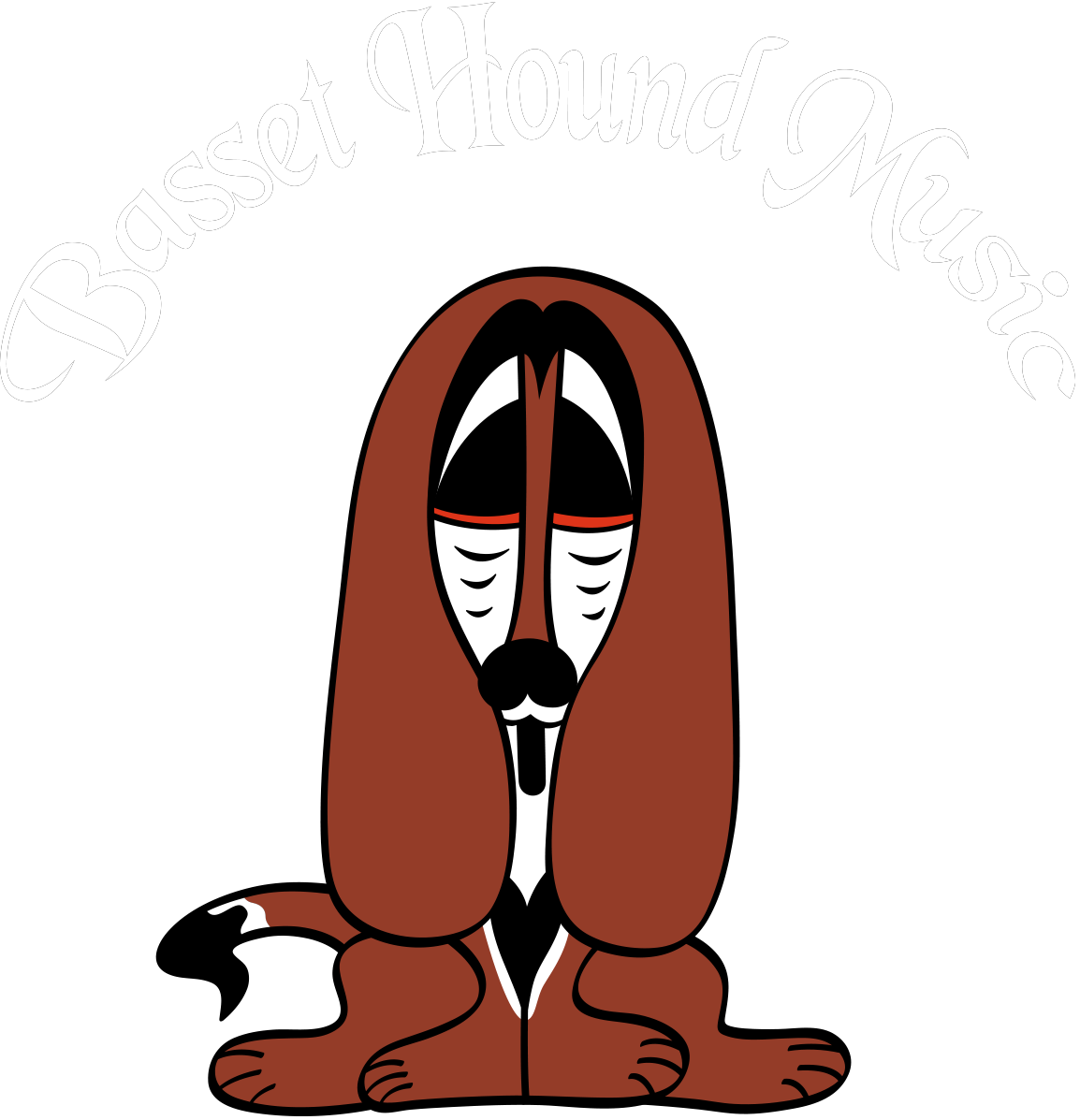

Over the years Tommy Johnson and I had many, many discussions about double tubas. We both thought that a good CC/F (or other keys) was a worthy effort to encourage. We worked in a business in which you never know whether or not you need a high tuba for solos or just high difficult parts – often in the same cue. Many examples like this happened to us over many years. Of course we would have to have two instruments and choose one or the other and “just make it work”. Accuracy in studio work is paramount so we wished for a double tuba. The horns had this solved of course and had a wide and accurate range because of it. However the tuba, its size and taper make a double tuba a much more compromised instrument. Many attempts at this have occurred particularly in Germany, England and Japan. There were many combinations of Bbb/F, BBb/Eb, CC/F, CC/Eb and others even weirder. Some were full doubles and some were compensating. The full doubles required a huge change valve. Some were piston and some rotary. All were lacking!

Change valve on double tuba. This valve adds extra tubing for each valve for the CC side of the horn.
Gronitz, Alexander, Yamaha, Besson and others made several editions – most are still around in collections. The Besson compensating system is in many ways a double tuba system. When I was first in Japan in 1986 I played three different double tubas – all made by Yamaha and all different pitches. Like all I’ve played they had pitch problems. It seems that the bore change after the change valve necessitates either a long cylindrical section or a huge bore change – which creates many acoustical problems and many pitch problems. All I’ve played were better on one side – usually the smaller side. LA brass maker Larry Minick spent many years on a full double and ultimately failed. The change valve must have been 4 or 5 inches across and weighed a ton.
Somehow Tommy Johnson came across an old Lehman compensating double tuba in F and CC. He got it in 1976, I remember because it was his first F tuba and he played it beautifully on an LA Tuba Quartet concert with only one rehearsal – Tommy was very quick to learn anything. He used that instrument on studio calls for some time. He just sort of “made it work”. At the ITEC in Los Angeles in 1978 he played the premier of Bruce Broughton’s Concerto on that horn.

The extra tubing needed for the CC side of the horn.
My real knowledge of double tubas is very limited but here are a few observations. The inherent difference between a double French horn and a double tuba is that there is a mich longer section of straight tubing needed for the tuba. In effect this takes the taper out of a tuba and it is no longer a real cone – a real saxhorn. That straight tubing causes a lot of sound, pitch and acoustical problems. If the timbre is different between the sides it defeats the purpose. All double tubas are a compromise. It’s an elegant idea bit a practical problem.

Disassembled F tuba ready for work in Robb Stewart’s shop.
Well Tommy never gave up on the idea. He bought a customized Yamaha 822 F tuba from Roger Bobo and. After discussions with the great LA brass maker, Robb Stewart, decided to cut up the F and make a compensating F/CC double tuba from it. Tommy liked it and played it as his primary studio horn for some time. He later had Robb modify another Yamaha F so he actually had two of them. Both of them had problems with pitch but the CC side was actually quite usable for low notes – once you got your mind into the use of the change valve. Mostly the instrument was played on the F side however. The instruments also had some valve slides that were un-tunable. Tommy was a very strong tuba player and kind of lipped and powered his way into tune.
When Tommy died in 2006 his family was selling instruments and using the money to help fund a scholarship in his honor at USC. I thought it was a good cause and decided to but the first of those two double tubas. I thought it would go good with my other collection of weird instruments like the Fluba, Selfone, Double Bell Tuba, Bass Superbone, and Jimbasso. I also wanted to have something of Tommmy’s for memory’s sake. A young tuba player in LA, Justin Jerome, bought the other one.
I have used it a few times but it mostly servers as a loaner for my students before they have a real F tuba or if their horn is in the shop.
The several pictures by Robb Stewart and Bob Joles pretty well show the instrument in its many angles.
Jim Self
3/23/09

CC/F double tuba front view

CC/F double tuba backview

CC/F double tuba silver-finished side view
